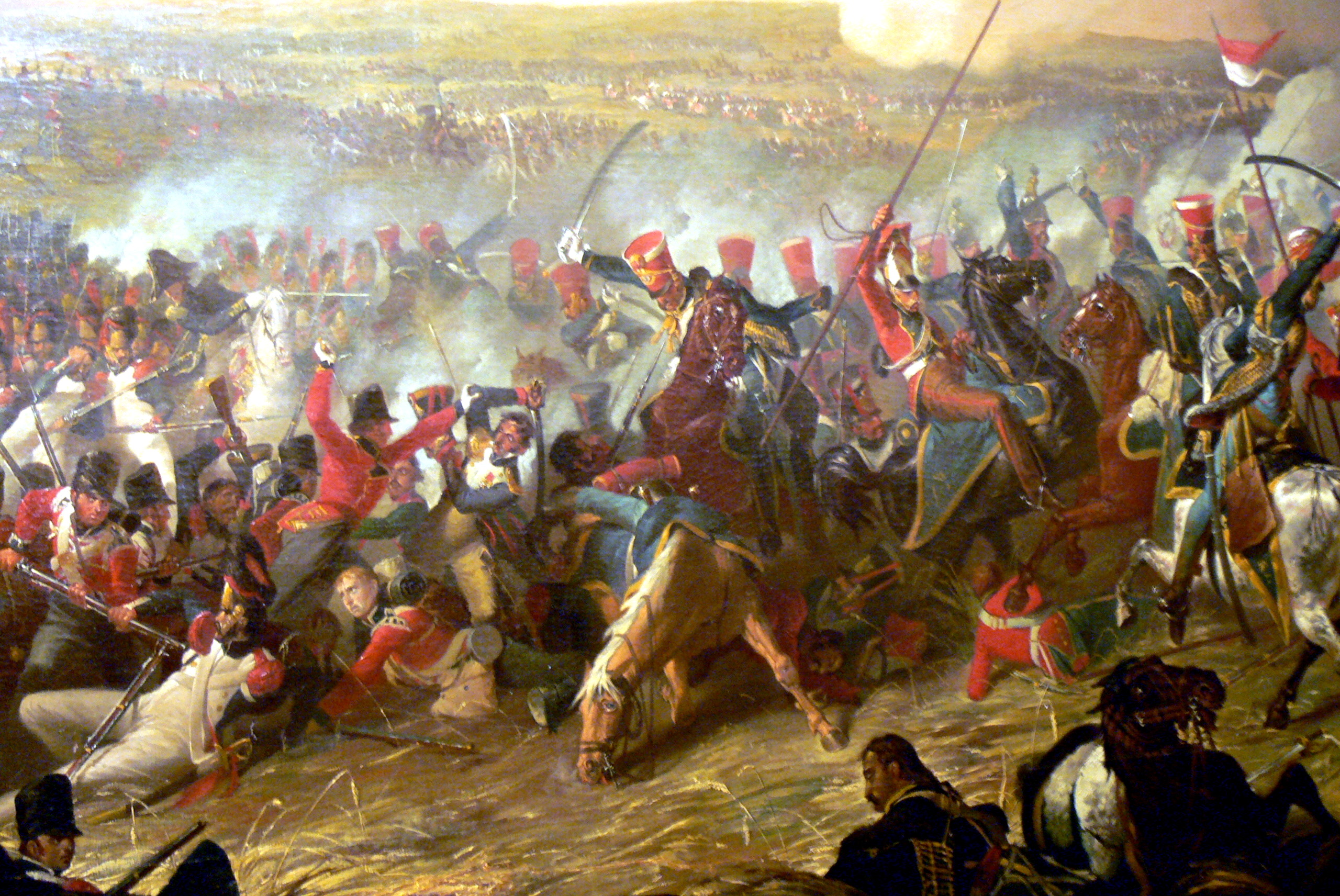
It is 200 years this year since the Battle of Waterloo ended Emperor Napoleon Bonaparte's reign and saw him cast into exile on the island of St Helena in the mid-Atlantic.
Now a survey by the National Army Museum shows that the public is confused between the origin of Waterloo station's name - was it named after the Battle of Waterloo or the 1974 Eurovision Song contest winning Abba song? So it's time to address the confusion!
To aid teaching of this bicentenary of one of the most important battles in British military history, a new website developed by Waterloo 200, the National Army Museum will provide an online focus for the 2015 bi-centenary (on 18 June 2015) of the Battle of Waterloo. Led by Waterloo 200, the organisation set up to promote the bicentenary of the battle, and partnered by the National Army Museum and Culture24, the new website, funded by the Heritage Lottery Fund, is an online resource enabling people of all ages and backgrounds to discover more about the history of the complex battle and the people involved. It offers a range of educational resources for both formal and informal learners. Find out more about the resources on offer for teachers HERE. Students and staff can also find out if any of their ancestors fought at Waterloo on the website!
The website also displays 200 artefacts from the battle during the UK’s 2015 Battle of Waterloo bicentenary commemorations. Many of the objects have never been seen by the public. Visit the website at http://www.nam.ac.uk/waterloo200/.
Trips to the site of the Battle of Waterloo can also take in the battlefields of the First World War as Waterloo is located only 15 kilometres, 10 miles, outside the capital of Belgium, Brussels. Funding is available for First World War battlefield trips. Click HERE to find out more.



